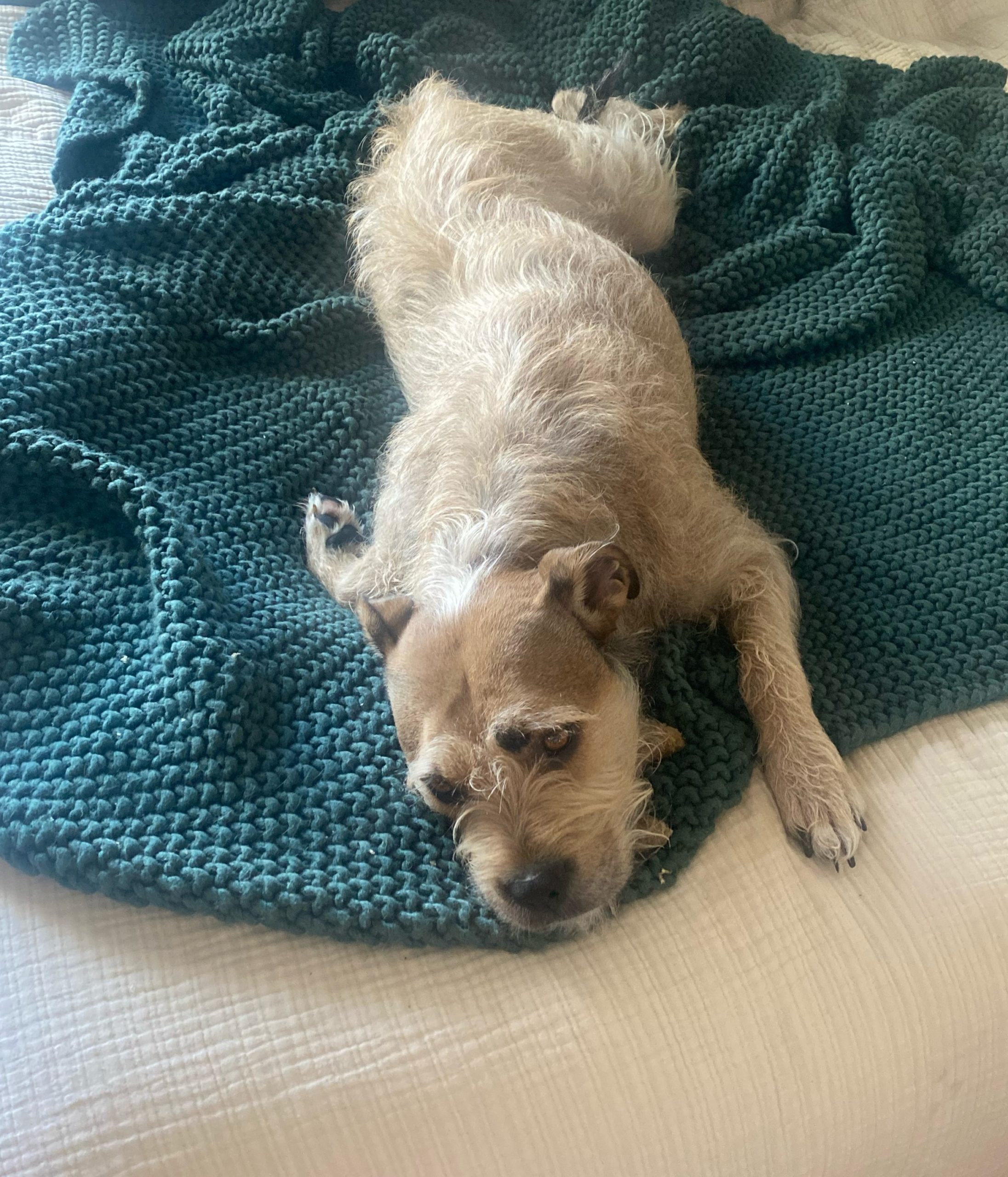
You just got a puppy! It is the cutest thing you ever saw, and so cuddly. Everyone loves seeing your puppy too, so you take it everywhere with you – errands, friends’ houses, family gatherings. Your puppy is the star of the show, the talk of the party, the most popular being in the room.
Then… your puppy grows up. And gets big, less easy to take with you. Or, you just want to go to a place where you absolutely can’t take a dog (rare these days, but they do exist!) And you have to leave your dog at home. And your dog loves you so much that he or she freaks out when you leave. Separation anxiety is a major challenge for dogs today, especially in dogs who grew up or were adopted during the pandemic. These dogs are not used to being away from their people – they were never taught how to be alone.
Separation anxiety causes suffering in its victims – stress, pacing, vocalizing, sometimes even physical harm like torn nails or broken teeth. It also can be incredibly destructive to property. I have had patients chew up door frames, pull down curtains and blinds, and even rip apart drywall. You would be amazed at the extent of the damage a stressed out medium sized or larger dog can do. A dog that can’t be left alone is a challenge to live with – like having a small child. You have to get a dog sitter when you want to go to a movie, or on a date. Boarding your dog while you travel is impossible – they have to have a dedicated sitter, who then will have to get someone to substitute if they have something to do that the dog cannot participate in. And hopefully you are able to continue working from home or have a dog-friendly workplace.
The best treatment for separation anxiety is to avoid it completely. Train your puppy how to be alone – it is a skill! Crate training is very helpful with this endeavor. Give your puppy a high value, long lasting treat such as a puzzle toy (Kongs with frozen canned dog food are great!) and have them eat it in the crate. Gradually move yourself further from the crate. Go to the other room. Increase the amount of time the puppy is alone, but keep it positive with the treat/toy. Don’t make a big deal of coming back or leaving; it should be nothing stressful or exciting. Soon your dog will be a stay-at-home champ! This process is doable with an adult dog as well, but its more difficult than with a puppy who is at prime learning age.
If your dog already suffers from separation anxiety, there are still options. The basic steps are similar to the initial training – try to desensitize them with positive distractions and slowly increase in the distance/time away from you. Some of these dogs benefit from medication to help ease their anxiety while they are in training. Really tough cases benefit from consulting with a veterinary behaviorist – many of whom now offer virtual appointments.
